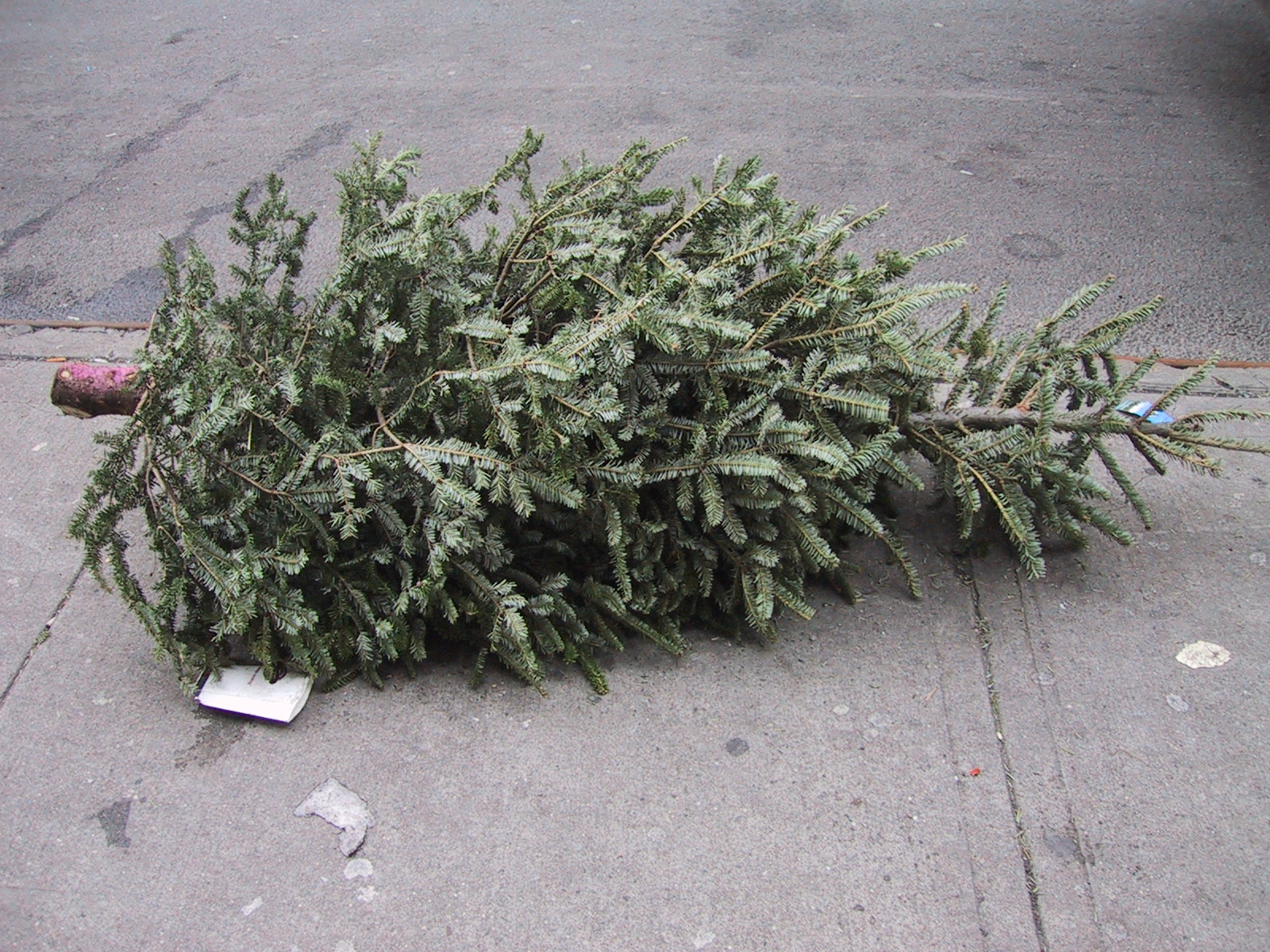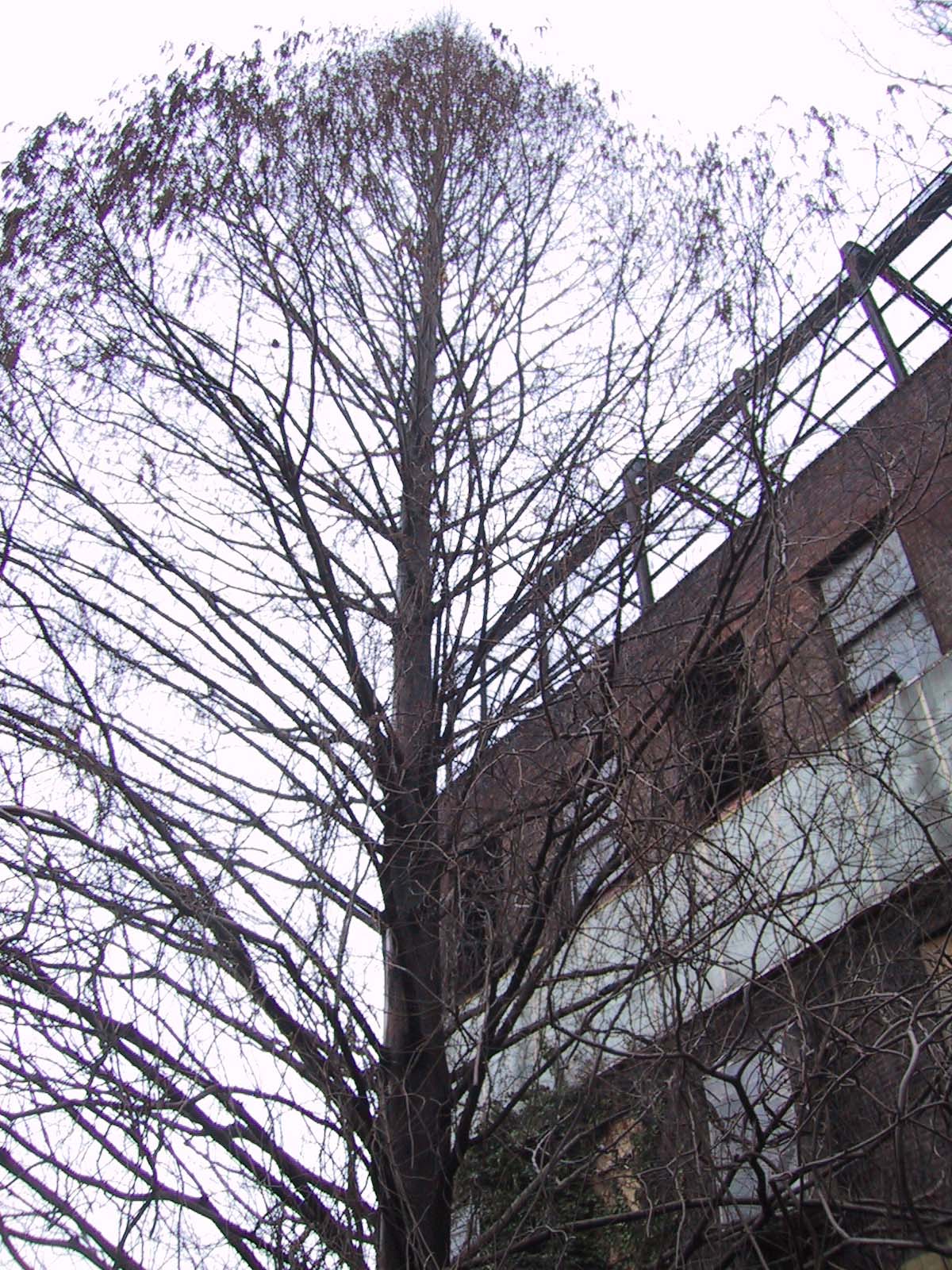
New York, January 2005
It’s early January and I’m back wandering around New York. It is cold and the streets are full of abandoned Christmas trees, tumbling around in the bitter wind. They are everywhere, like the fallen foot soldiers of a migrating forest, who, lost in this maze of stone, steel and glass, gave up hope and died en masse. Killed by an epidemic of Christmas. It is the end of things and the beginning of other things. The great, looming buildings prognosticate under the harsh winter light of the north-eastern sun, staring across the teeming streets into each others’ myriad glinting windows. Perhaps they already know what kind of year it will be.
Lost late last month in the torrent of overwhelmingly sad tsunami news was an item in the New York Times announcing that the Bush Administration had eliminated all existing obligations to keep fish and wildlife species from becoming threatened or endangered in America’s national forests in favour of a new laissez faire directive which lets industry set its own environmental goals and practices. To make these changes easier to implement, the Administration has also cut back on requirements for public participation in forest planning decisions.
This edict condemning the national forests to death by privatization and industrial liquidation reminded me of a formative cinematic experience I had when I was a child, in the guise of the (1972) science fiction film, “Silent Running.” The protagonist Lowell Freeman (played by Bruce Dern) and his crew are entrusted with tending the last remnants of America’s national forests, which have been sealed into enormous, transparent terrarium domes, borne on a fleet of American Airlines cargo ships in orbit around the sun. Back on earth, there is no more room for forests and people have forgotten about them, beguiled instead by the comforts of artificial food and a constant ambient temperature. Eventually the spaceship crew is ordered to nuke the forests and return the crafts to commercial cargo service. At this point Lowell, the gentle and earnest space forester, goes berserk and embarks on a killing spree to try and save the forests from oblivion. His attempt to do so is both heart-wrenching and hubristic and ultimately, mostly futile. Still, he manages to save a single dome. At least for a while.
With the planet’s wild forests rapidly vanishing, perhaps, like Lowell, we should focus instead on saving a few trees. Many species, like the ginkgo and the dawn redwood have been rescued from oblivion by horticulture and form a kind of post-natural, anthropogenic urban forest, curated into the streetscapes of the built environment.

Dawn redwood, a living fossil, Houston St. NYC
One of my favourite arboreal refugees, classified as vulnerable in its own native habitat, is the enigmatic Monkey Puzzle Tree (or Araucaria araucana), a native of the far south of Chile but commonly planted in temperate, oceanic locales such as Vancouver and the British Isles. This formidably spiny tree, whose manner of growth takes the form of a kind of bottle brush, fractal, voodoo assembly, seems to engender unbounded delight in those who have seen it. Oddly, the Araucaria genus has been coming up a lot for me during the past week. My friend Matthew has been collecting the edible seeds for me from one of the large female monkey puzzle trees growing in East Vancouver, which I will try to propagate in my little nursery when I return to the west coast. On the flight from Vancouver to JFK, we ran into the peripatetic Mark, who (and I don’t know how this came up) told us of an endearing game he and a friend used to play, while driving around the streets of Vancouver. The first one to spot a monkey puzzle tree would call out, “Monkey Puzzle Tree, No Returns!” and promptly pinch the other, with no opportunity for reprisal, until the next specimen was spotted.
A few days after I got to New York, a reader in Australia sent me this interesting link on an unusual member of the Araucaria family, the Wollemi pine (Wollemia nobilis), which exists as a relic, living fossil population of less than 100 individuals. It was discovered in 1994, growing deep within a canyon in New South Wales. Horticulture offers one of the few options remaining to insure the Wollemi pine’s long term survival, as the tiny wild population is at great risk to human borne diseases and natural disasters.
Some living botanical fossils might be saved by our indefatigable instinct to curate the rare and unusual into our gardens and streets, but deprived of their natural ecologies and the complex relationships in which they once existed, they become relegated to the status of mere commodities, sad curiosities adrift out of place and out of time. In New York City, this seems to have happened to art as well, but I will leave that to my next posting. . .


